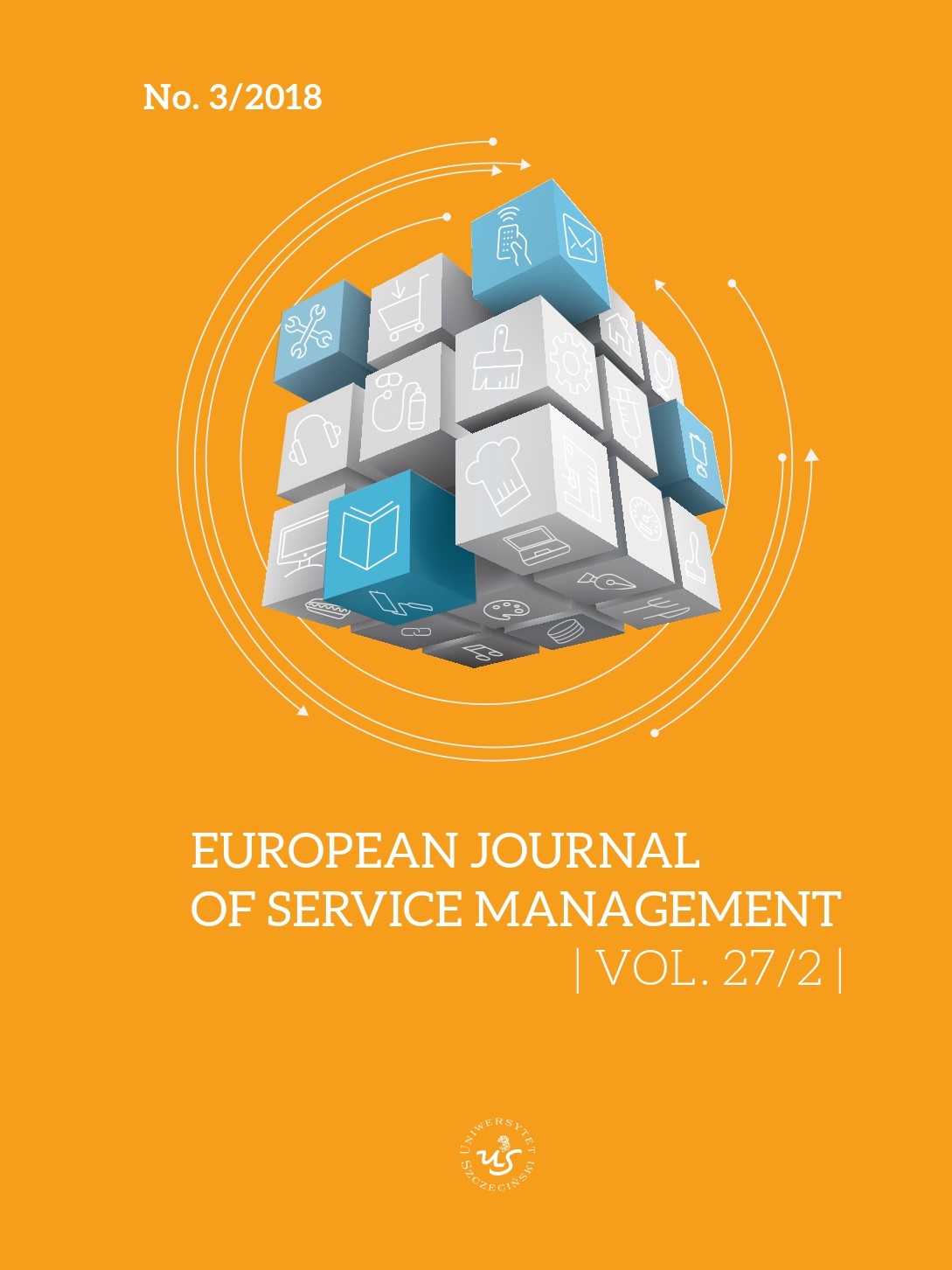Repayable financial instruments in the European Union – the range of effect and efficacy
Repayable financial instruments in the European Union – the range of effect and efficacy
Author(s): Przemysław PluskotaSubject(s): Economy, Business Economy / Management
Published by: Wydawnictwo Naukowe Uniwersytetu Szczecińskiego
Keywords: financial instruments; JEREMIE Initiative; micro; small and medium enterprises
Summary/Abstract: One of the goals of the Cohesion Policy is ensuring the conditions for economic growth, well-being and social integration in the European Union. As a result of the policy, the differences in the economic development should be decreased. Repayable assistance is becoming the more and more popular form of supporting those goals, and its fundamental feature is the need to repay the received sum. Repayable financial instruments as part of the EU programmes exemplify how commercial solutions applied on financial markets may be implemented at the level of public intervention and management of funds available under operational programmes. Capital management in a market manner in relation to public intervention measures was already observed in the early 1990s. Initially, these were isolated measures taking the form of loan funds, guarantee funds or venture capital. Financial instruments may be applied in relation to three areas: enterprises, particularly micro, small and medium, public-private partnerships and other projects aimed at urban development (urban area development funds) and in the area renewable energies and energy efficiency. As at the end of March 2017, in the member states there were 1,058 Financial Instruments which took the form of, inter alia, loans, guarantees, and venture capital, out of which 89% financed growth and operations of enterprises, 7% – urban development, and 4% – energy efficiency and renewable energies.
Journal: European Journal of Service Management
- Issue Year: 27/2018
- Issue No: 3/2
- Page Range: 347-354
- Page Count: 8
- Language: English

